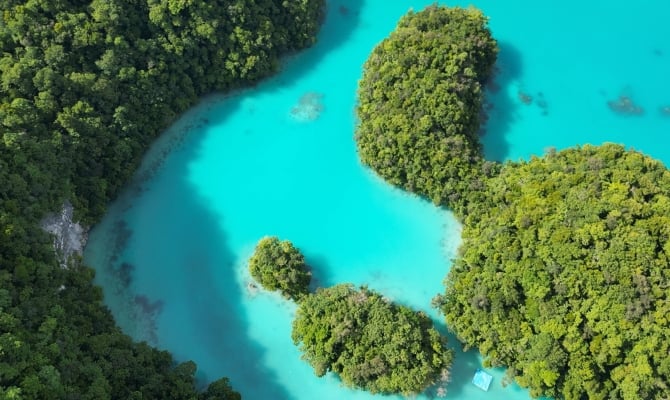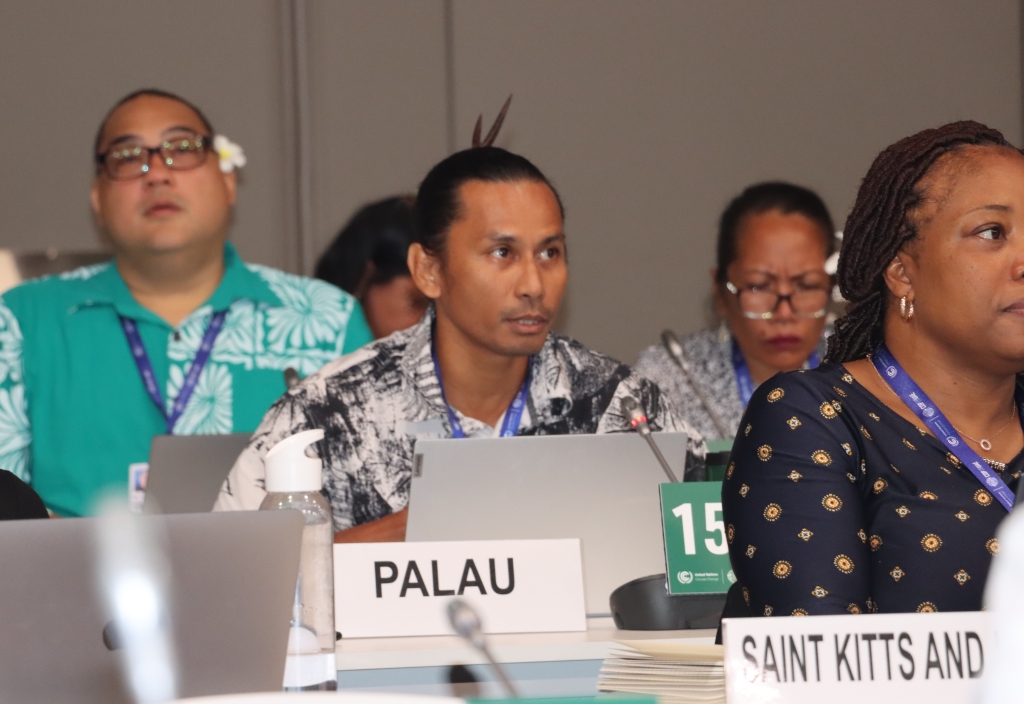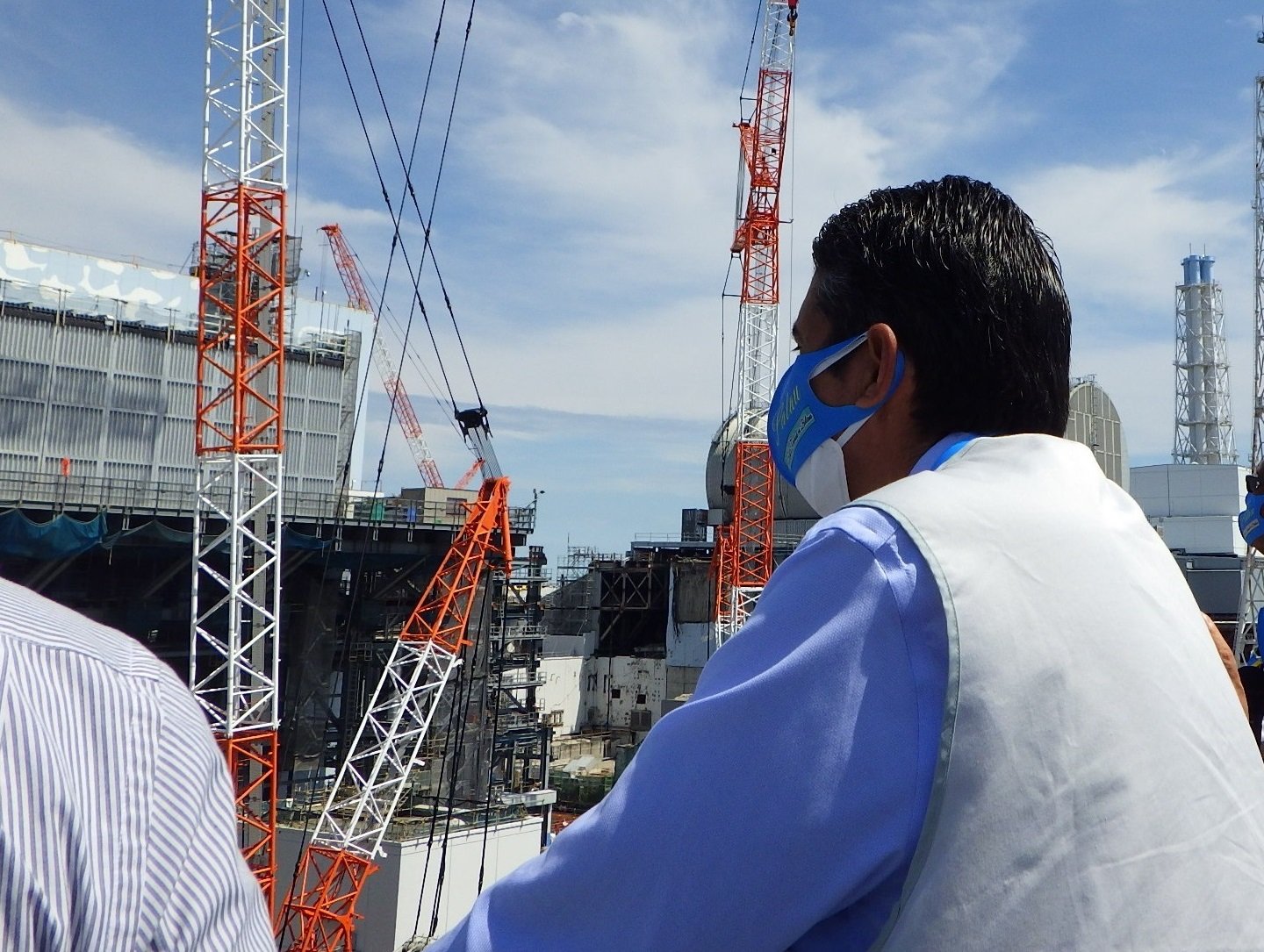Palau reached the first 20 percent of its renewable energy goal on 18 July when the Solar Pacific Energy Corporation, Palau’s first Independent Power Producer, connected to the Palau Public Utilities Corporation’s (PPUC) power grid.
Anthony Rudimch, Civil Engineer at the Palau Public Utilities Corporation, confirmed Tuesday that the solar power company is now connected to PPUC’s power grid, and “it is running, but it is still being tested.”
“Testing and commissioning,” added PPUC Chief Operating Officer Frank Kyota, of operating and managing the two power systems on the same grid.
At the same time, PPUC is conducting a new tariff study for the hybrid power utility service.
PPUC CEO Kyota said that a new tariff is necessary. “There are now two different power sources, fossil fuel and renewable. One is fixed, and one fluctuates and therefore will have an impact on tariff.”
The new tariff still has to go through the PPUC Board, public hearings, and the Palau Energy & Water Administration (PEWA).
Other factors delaying the full implementation include ongoing upgrades of PPUC’s power grid. According to Rudimch, a Japan International Cooperation Agency (JICA) grid upgrade grant is currently happening, which causes delays. The grant grid upgrade includes 3 substation upgrades, 436 power poles, and one transmission line in Desbedall, Babeldaob.
These upgrades are ongoing PPUC programmes that are not part of the IPP, but the timing coincides with the implementation of the IPP solar energy project.
“Based on progress, I would say, with absolute certainty, that by December it will be in full operation, but I think, the way things are progressing, it may be sooner, by October,” added PPUC’s Civil Engineer Anthony Rudimch of the commissioning of the new power source.
Before connecting with the IPP, about 6 percent of Palau’s renewable energy came from rooftop solar panels. With the solar farm, the total renewable energy now represents 20 to 25 percent of the total energy output.
In 2015, Palau’s Nationally Determined Contributions (NDC) in the energy sector included a 45 percent renewable energy target by the year 2025. President Surangel Whipps had raised this to 100 percent renewable energy by the year 2032.
Despite reaching half of the 45 percent renewable energy target in 2023, the task of reaching 45 percent by 2025 does not seem feasible, given the challenges faced. The current IPP, producing nearly 20 Gigawatt hours per year, costs nearly US$30 million to construct. PPUC, already bogged down by loans, refuses to take on any more debt.
Furthermore, more infrastructure upgrades are needed to take on additional renewable energy onto PPUC’s power grid. The diesel generator distribution systems must be “re-configured” to safely take on additional renewable energy, said Rudimch. This will require substantial financial investment, which has to come by either grant or loan.
With a current goal to reach 100 percent renewable by 2032, Palau has 9 years to find financing and other means to achieve the remaining 80 percent renewable energy goal.
This story was written by Leilani Reklai, originally published at Island Times on 19 September 2023, reposted via PACNEWS.




